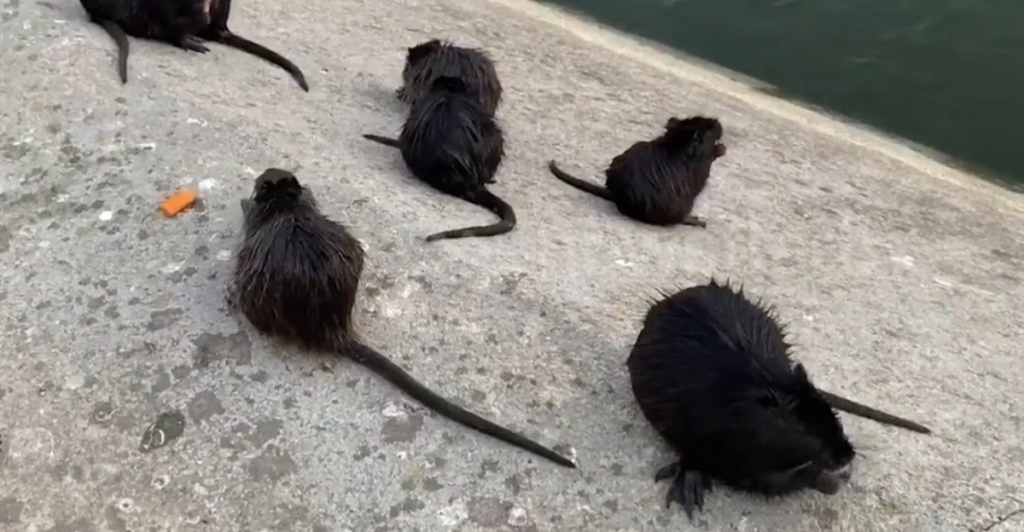
Invasive species are one of the most pressing threats to America’s ecosystems. They silently disrupt habitats, outcompete native species, and alter landscapes. While many of these invaders may seem harmless at first, their long-term impact can be devastating. Here are ten invasive species that are wreaking havoc on America’s natural environments and the delicate balance of its ecosystems.
The Billion-Dollar Problem Changing U.S. Landscapes
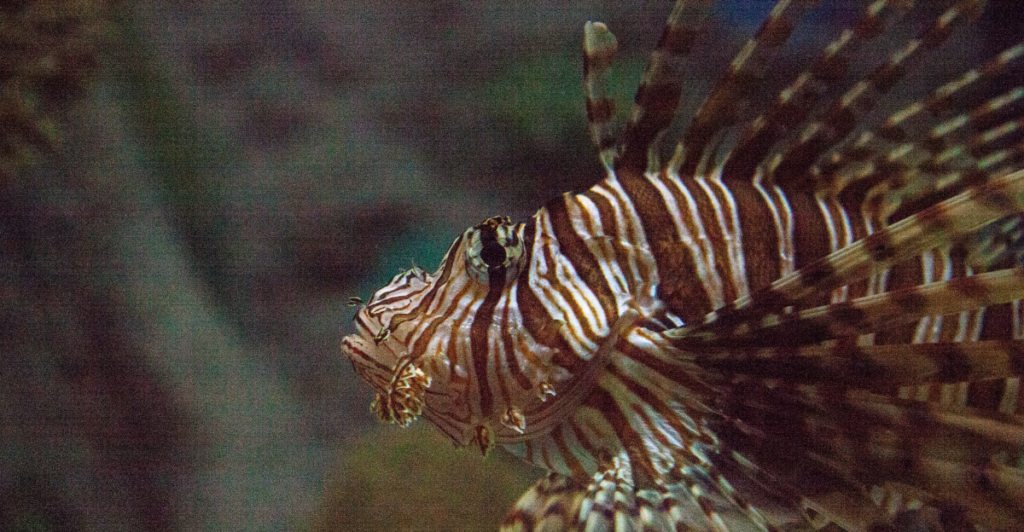
Invasive species are non-native organisms that disrupt ecosystems, causing ecological, economic, and health-related harm. In the U.S., these species cost an estimated $138 billion annually and have contributed to 70% of aquatic extinctions in the past century.
Their impacts range from destroying habitats to outcompeting native species. Surprisingly, some invasive species are edible, sparking innovative control methods like consumption campaigns. This list explores ten uniquely impactful invasive species threatening America’s ecosystems, each with surprising angles that challenge conventional wisdom.
These invaders often have unexpected consequences that go beyond environmental damage, offering both challenges and opportunities in the ongoing battle for ecosystem balance.
1. Asian Carp
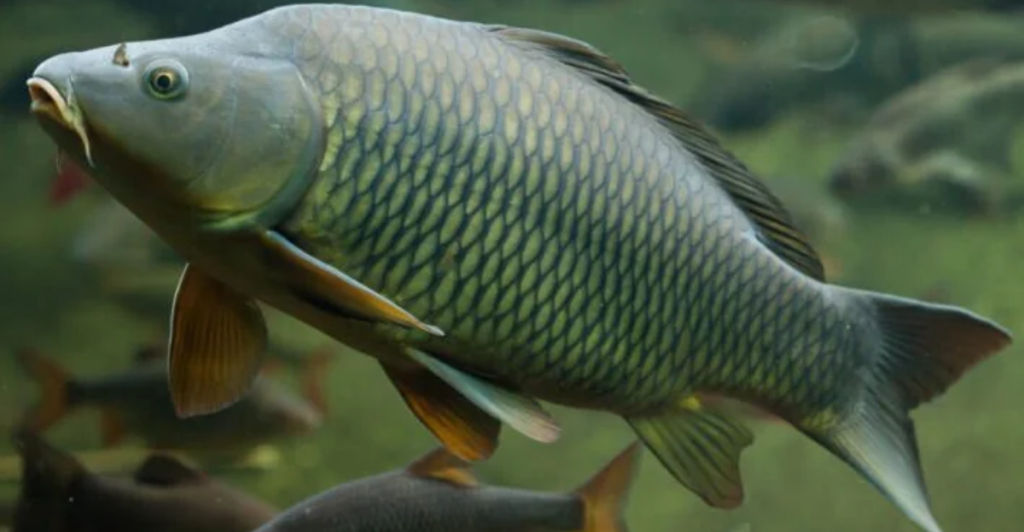
Asian carp, particularly the silver carp, have become infamous for their high jumps, which can injure boaters and cause accidents in U.S. waterways. These fish have disrupted aquatic ecosystems by outcompeting native fish for food and habitat.
Their aggressive breeding behavior has further accelerated their spread through rivers and lakes, clogging water systems and disrupting commercial fishing industries. In response, various states have initiated commercial fishing campaigns, using the carp in everything from fish cakes to fertilizer.
This creative use of an invasive species highlights the multifaceted challenges of dealing with environmental invaders, especially those that have already become entrenched in the ecosystem.
2. Nutria
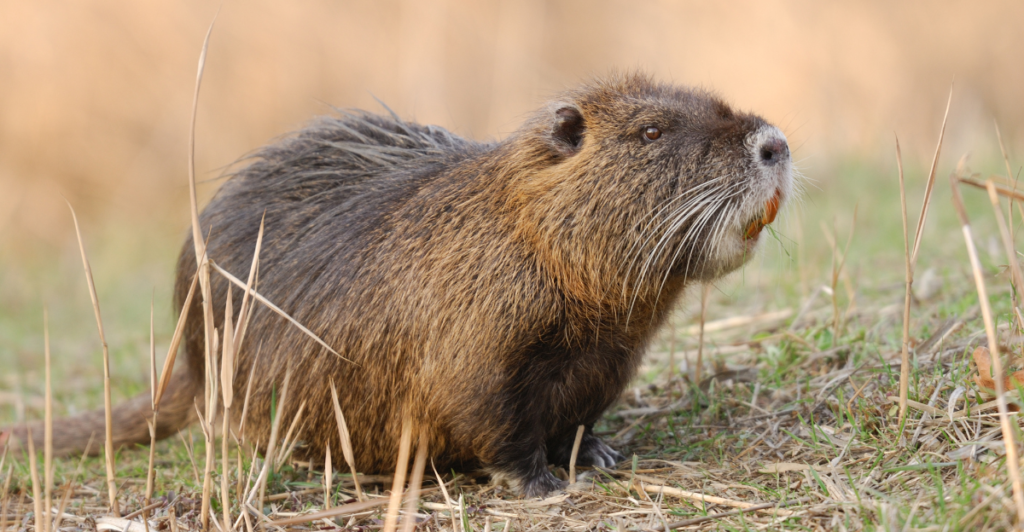
Nutria, oversized rodents originally imported for the fur trade, have since spread across the Gulf Coast, wreaking havoc on wetlands. They consume vast amounts of vegetation, destabilizing marshlands and accelerating soil erosion.
This disruption not only harms aquatic wildlife but also increases flood risks for nearby communities. Intriguingly, nutria are now being targeted for culinary purposes, with their lean meat used in dishes like gumbo, providing an unexpected solution to controlling their population.
This example highlights the intersection of human commerce and ecological disaster, where seemingly harmless economic activities lead to the introduction of species that reshape entire ecosystems in devastating ways.
3. Lionfish
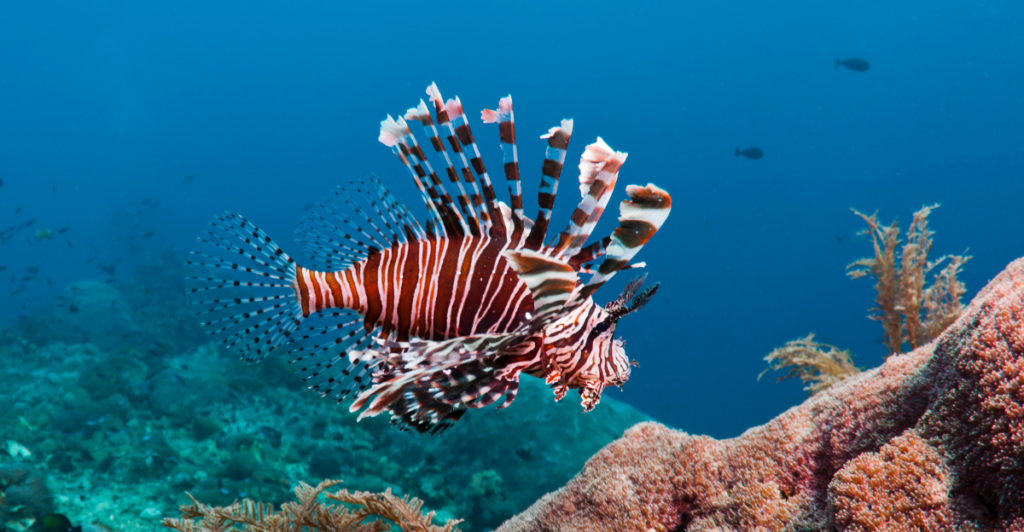
Lionfish, native to the Indo-Pacific, have become notorious for invading the Atlantic Ocean, particularly around the southeastern U.S. coast. With venomous spines and a ravenous appetite, they quickly decimate the populations of smaller fish, which are essential for maintaining the health of coral reef ecosystems.
Their rapid spread is largely due to the aquarium trade, where they were initially introduced as ornamental pets. To combat their proliferation, local initiatives like spear-fishing competitions and lionfish tacos have emerged, highlighting the potential for invasive species to be turned into a resource.
This curious approach reminds us how human activity—unintended or otherwise—can lead to new ways of managing invasive species.
4. Feral Hogs
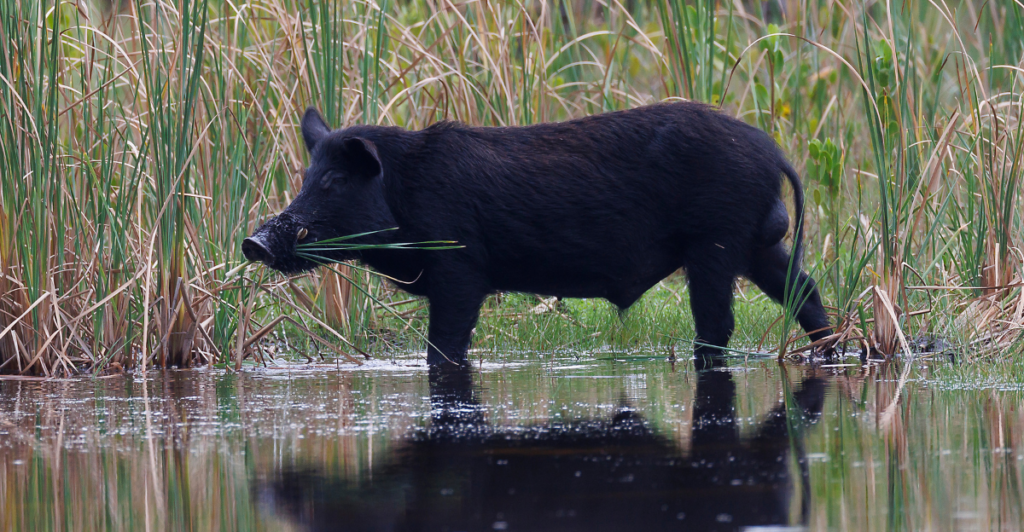
Feral hogs, originally brought to North America by European settlers, are now considered a significant ecological threat in the southern U.S. These boars uproot vegetation, damage crops, and spread diseases that affect both livestock and humans.
They also disrupt local ecosystems by preying on native species and altering habitats with their aggressive foraging habits. Surprisingly, feral hog meat has become a sought-after delicacy among chefs, leading to initiatives that encourage hunting these invasive animals for consumption.
This novel approach blends ecological management with food culture, showing how invasive species can be turned from pests into culinary resources, though it’s unlikely to solve the broader environmental damage.
5. Burmese Python
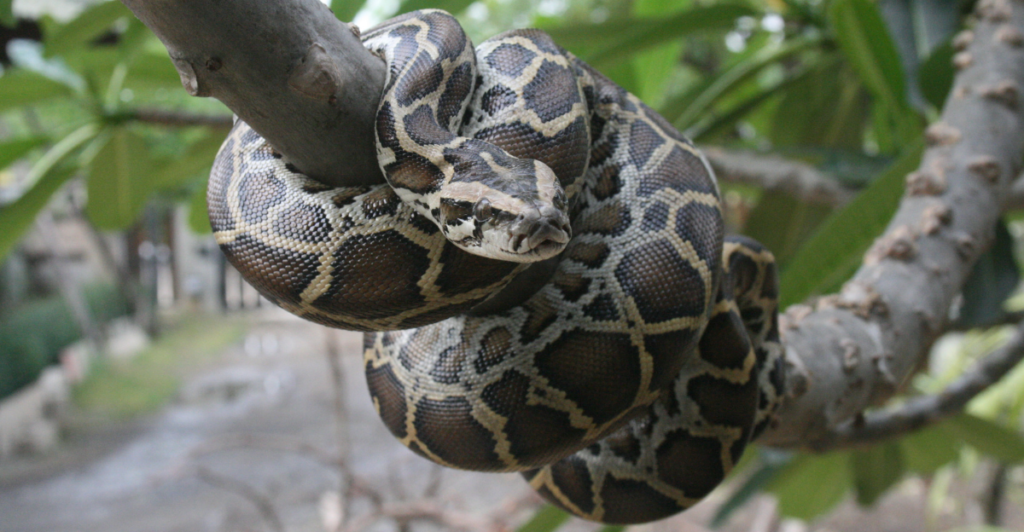
The Burmese python, a non-native snake species, has devastated Florida’s Everglades by preying on native wildlife, including mammals, birds, and reptiles. Initially released by pet owners or escaped from captivity, these snakes have become top predators in the region, altering the local food web.
Unlike many other invasive species, pythons’ ability to reproduce rapidly and adapt to diverse environments has allowed them to thrive. Florida has launched numerous python-hunting competitions in an attempt to reduce their numbers, even offering monetary rewards.
The invasion of Burmese pythons in Florida underscores the risks posed by exotic pets and the often irreversible consequences of releasing non-native species into the wild.
6. Zebra Mussels
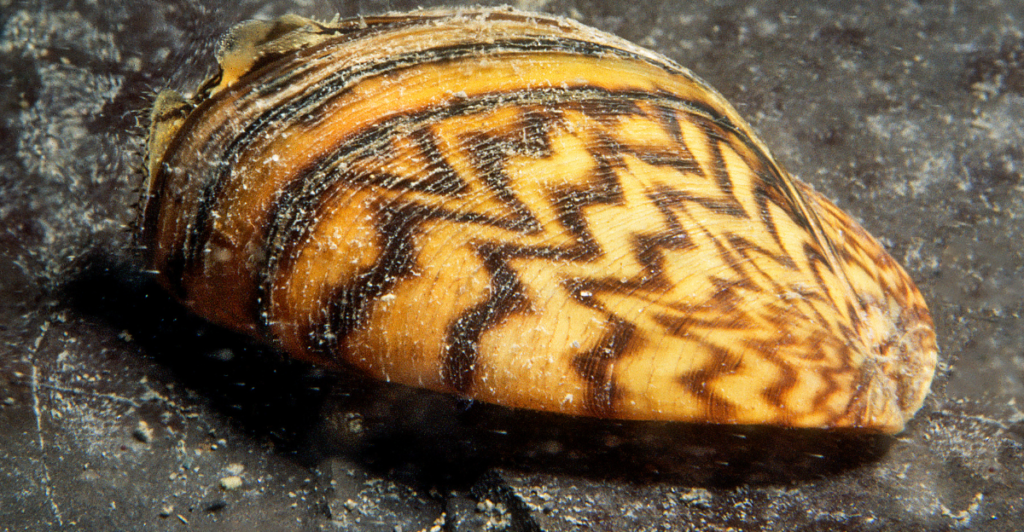
Zebra mussels, native to Eurasia, have invaded U.S. waterways. They disrupt native aquatic ecosystems and clog pipes, water treatment facilities, and hydroelectric power plants. These tiny mussels reproduce rapidly and form dense colonies that smother native mussels, dramatically altering local biodiversity.
Their spread is attributed to the global movement of ballast water in ships, which transports them across oceans. The economic cost of controlling zebra mussels is staggering, amounting to millions of dollars each year.
Despite their destructive nature, they also filter water, sometimes improving water clarity in lakes and rivers, which can ironically benefit other species. This paradox highlights how invasive species can offer unintended ecological changes, complicating efforts to manage them.
7. Kudzu
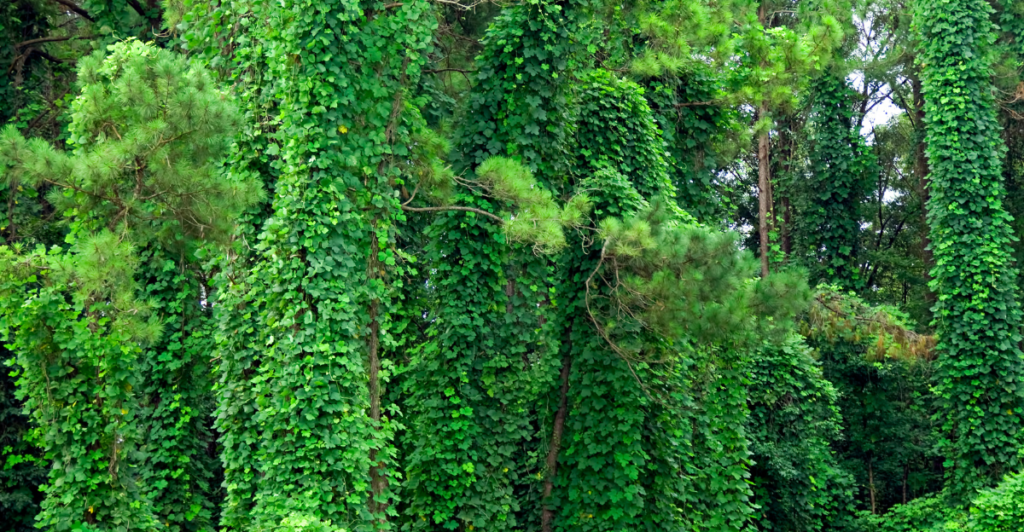
Kudzu, a fast-growing vine introduced to the southern U.S. in the late 19th century as an erosion control measure, has since become a notorious invasive species. This vine rapidly overtakes trees, shrubs, and other vegetation, smothering entire ecosystems and irreparably changing local landscapes.
Kudzu’s rapid growth rate and resilience make it a formidable competitor for native plants. Efforts to combat this invasive species have included using it as a biofuel source and even creating eco-friendly products.
While kudzu’s destructive nature seems unequivocal, these innovative solutions show that even the most aggressive invaders can spur creative, unexpected uses that benefit human industries.
8. Northern Snakehead
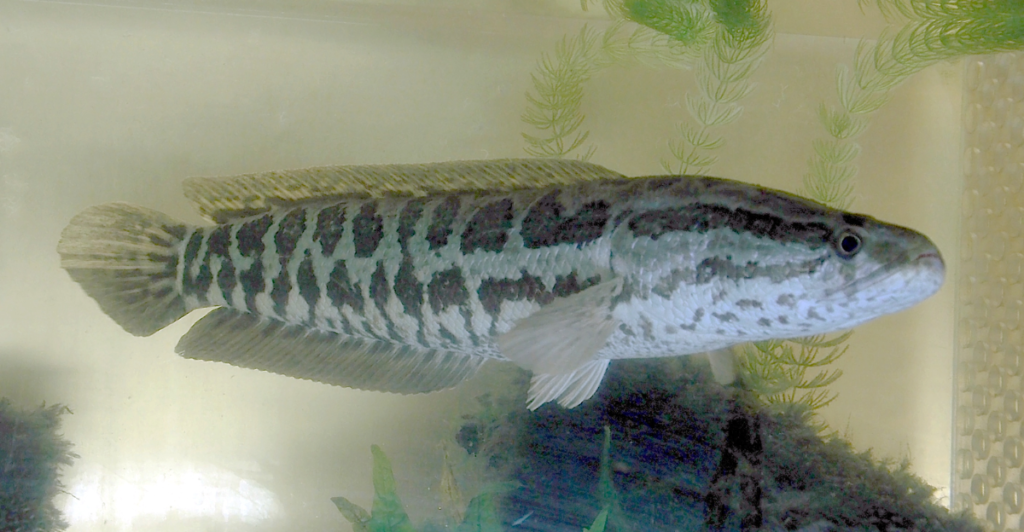
The northern snakehead fish, native to East Asia, is causing havoc in U.S. freshwater systems, particularly in the Mid-Atlantic region. Known for its remarkable ability to survive out of water for up to four days, it competes aggressively with native fish for food and habitat.
The snakehead’s resilience, combined with its tendency to dominate ecosystems, has earned it a reputation as an amphibious invader. Attempts to control their population include promoting snakehead fish as a delicacy and encouraging anglers to catch them.
This invasive species reveals the adaptability of non-native organisms and reminds us of the challenges posed by species that can thrive in multiple environments.
9. Emerald Ash Borer
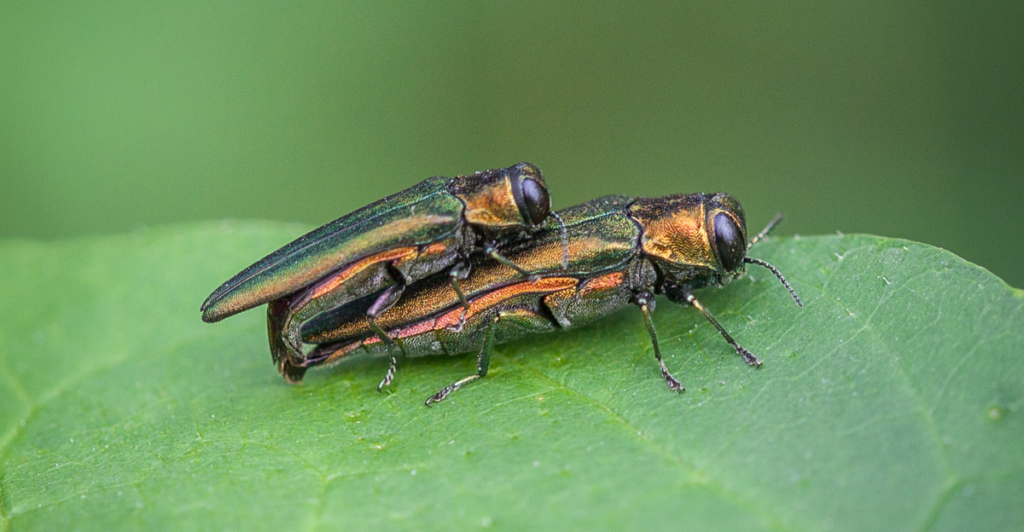
The emerald ash borer, a small green beetle, has been responsible for the devastation of ash tree populations across the U.S. The larvae of this invasive species burrow into the bark, weakening the trees and eventually killing them.
Ash trees, which are critical to many forest ecosystems, have been lost in large numbers, leaving entire landscapes vulnerable to further ecological disruption. Efforts to mitigate the impact of emerald ash borers have included large-scale tree-planting initiatives and the use of biological control agents.
This pest highlights the vulnerability of monoculture forests, underscoring the importance of biodiversity and the need for diverse plant life to resist such threats.
10. Green Iguanas
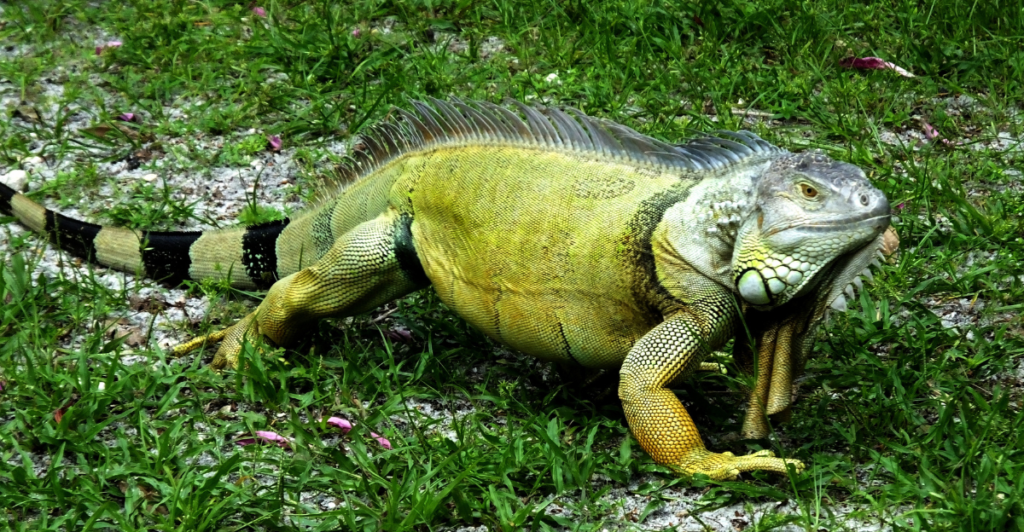
In Florida, green iguanas, native to Central and South America, have become a significant problem in urban areas. These large reptiles destabilize seawalls, damage vegetation, and threaten local wildlife.
The iguanas’ ability to reproduce rapidly and adapt to the warm Floridian climate has made them an unanticipated pest. Despite their destructive impact, their meat is gaining popularity in local cuisine, with dishes like iguana tacos making their way into the food scene.
Their invasion is a stark example of how climate change is enabling tropical species to expand into new areas, often creating unexpected consequences for local ecosystems.
Explore more of our trending stories and hit Follow to keep them coming to your feed!

Don’t miss out on more stories like this! Hit the Follow button at the top of this article to stay updated with the latest news. Share your thoughts in the comments—we’d love to hear from you!







